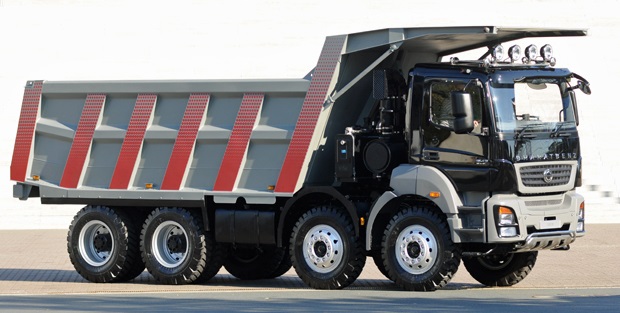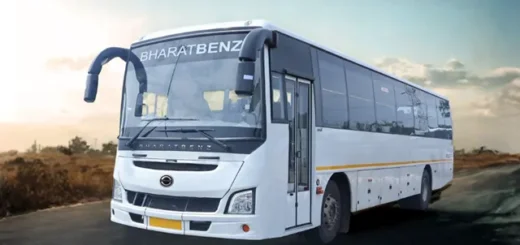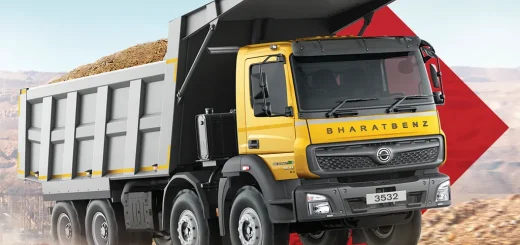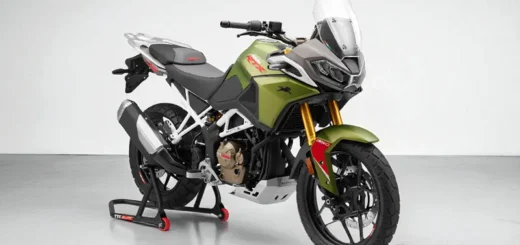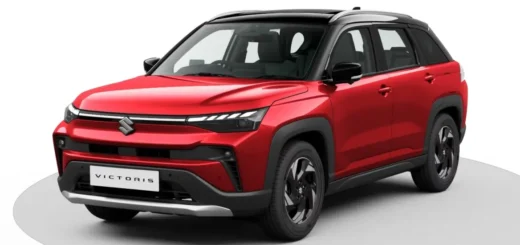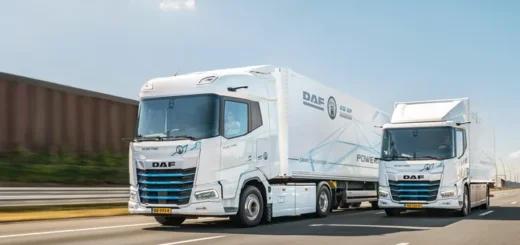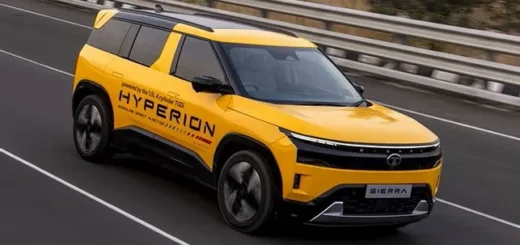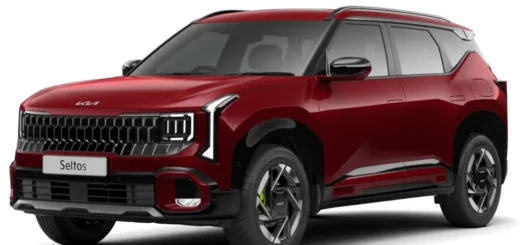Freightliner Inspiration Self-Driving Truck Just One Level From Complete Automation
Daimler Trucks had some great news for us this week – they managed to get license from Nevada state of US for their self-driving Freightliner Inspiration Concept Truck, making it the world’s first road-legal autonomous truck operating on the American highways. The 36-tonne truck opens up new future on automation levels in the commercial vehicles. With NHTSA’s Level 3 ‘Limited Self-Driving’, this big rig is just one level away from pinnacle of automation, but then we also have to realise that it ain’t any easy a deal to reach complete automation with present technologies and road standards any time soon.
Remember that 1986 horror movie Maxmium Overdrive in which machines apocalyptically come to life and take on their creators, the humans? It appears like the Freightliner Inspiration truck is something of that sort. The beefy, hooded truck with attractive LEDs and swooping design is essentially an evolution of the Freightliner Cascadia, but it is the Highway Pilot Technology that makes the difference. With a host of self-driving paraphernalia, this auto-pilot system drives the truck on the highway without driver’s inputs.
But before you get freaked or excited, let me tell you these are just bunch of test vehicles, and not commercial trucks ready for production. There has to be a driver on the seat and ought to be ready to take over if the truck encounters a tricky situation it can’t handle. This is a highway-only system as of now and cannot manage real-life city traffic situations.
Let me elaborate on the technological aspects. The truck, in actuality, uses larger versions of the lane departure warning, adaptive cruise control, and blind spot detection techs that are already employed in passenger cars. Daimler’s self-piloting system, also previewed in the Mercedes-BenzFuture Truck 2025 at IAA last year, uses a wide angle radar and twin cameras up front, with adaptive cruise control that is standard on Freightliner trucks.
Once the driver reaches highway, he can ask the system to take over driving by pressing a button. It sets top speed to comply with speed limits, by picking up clues from road signs apparently using the camera and an advanced OCR software. The cruise control keeps pace with road traffic ahead, with lane consciousness and emergency braking. Driver can override the steering, brakes, or accelerate the truck at any time he wants. When it’s time to move out of highway, the driver has to take over. That’s similar to some of the other self-driving cars that are on tests now. In extreme weather conditions, the system asks the driver to take over by giving him enough time to regain attention.
Truck systems like this can could evolve to an almost driverless caravan series, a future possibility in well-developed highway systems of the Western world. This idea envisages a lead truck, with drivers in the cab, to lead a caravan of a dozen, or even 100, trucks along the route. The trucks will remain connected electronically, and maintain enough of a gap and speeds between them.
US’s National Highway Traffic Safety Administration, the premier agency regulating automated vehicles, defines vehicle automation as having five levels:
Level 0: No-Automation – The driver is in complete and sole control of the primary vehicle controls at all times.
Level 1: Function-specific Automation – involves specific control functions like ESP or pre-charged brakes, where the vehicle automatically assists with braking to enable the driver to regain control than acting alone.
Level 2: Combined Function Automation – involves automation of at least two primary control functions like adaptive cruise control with lane centering.
Level 3: Limited Self-Driving Automation – Vehicles at this level enable the driver to cede full control of all safety-critical functions under certain traffic or environmental conditions and in those conditions to rely heavily on the vehicle to monitor for changes in those conditions requiring transition back to driver control. The driver is expected to be available for occasional control, but with sufficiently comfortable transition time. The Freightliner Inspiration truck falls under this category, along with Google’s self-driving car.
Level 4: Full Self-Driving Automation – complete automation with all safety-critical driving functions and roadway conditions monitoring for an entire trip. Driver will provide destination or navigation input, but is not expected to be available for control at any time during the trip. This includes both occupied and unoccupied vehicles.
The most advanced and expensive passenger cars today globally get Level 2 automation. Level 3 is the progress these concepts have made so far. But then, there is a huge gap between Level 3 and Level 4, pointing to the real fact that we still have to go a long way in complete automation technologies. It’s isn’t that simple to make a car drive on its own independently, and there are lot more issues involved to the idea other than technology.
Also Read: Self-Driving Cars: Better Than You, But What’s The Hold-up??


